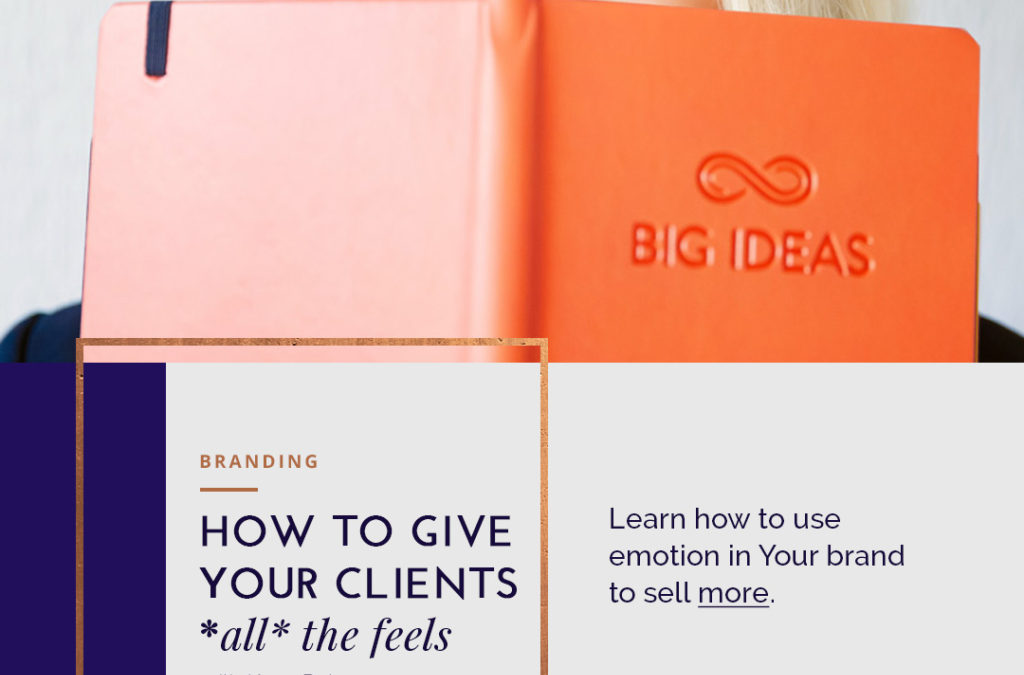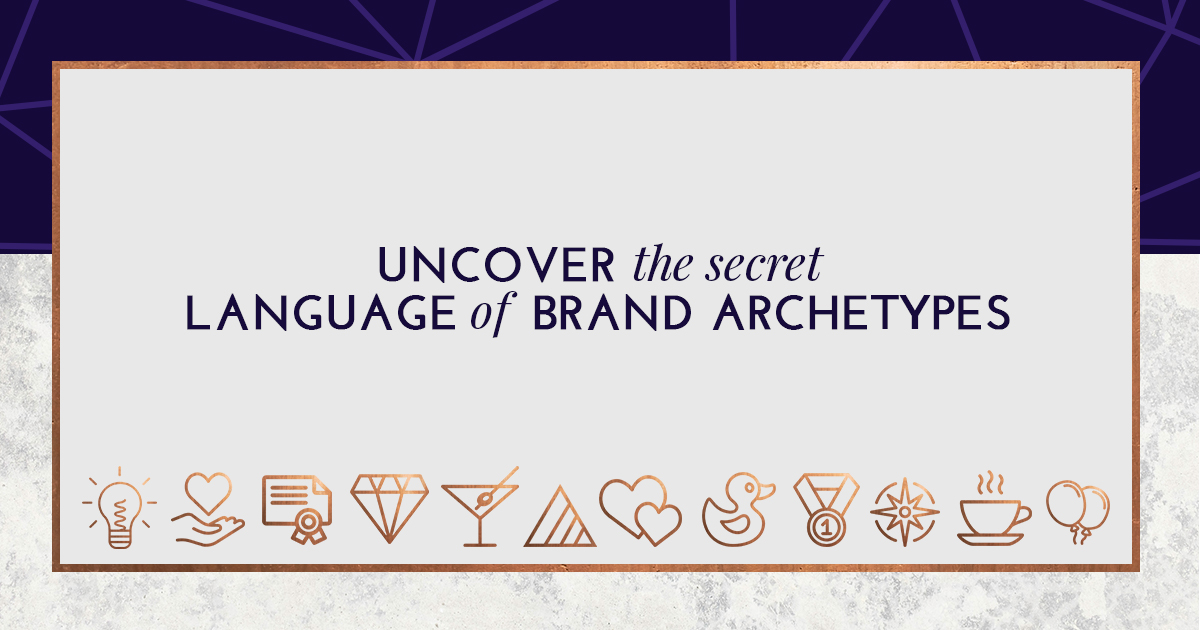I’m going to paint a picture for you, Bob Ross-style – but with more manageable hair.
You’re running a successful business and you LOVE it… most days. You’ve consumed as much data as possible – ravishing every business book, blog, or podcast you can get your hands on. But, even though you’re in demand, you still feel like you haven’t quite pulled it together. You haven’t reached your full potential or accomplished what you know you’re capable of.
I. HAVE. BEEN. THERE.
Ooooooh, have I!
This may not be what you *want* to hear, but it’s true – there are some things you just have to learn on the fly, waist-deep in it, figure-it-out-as-you-go style. You can read all the books you want (and you absolutely SHOULD take advantage of any and all resources that speak to you), but at the end of the day, there are certain things you’ll just need to experience firsthand. And, some of these things will be missteps.
I’ll tell you a story. This is living proof that there are situations out there that, yes, you could prepare for, but don’t necessarily know that you *need* to prepare for.
Here goes…
When I first moved to Naples, Italy, the kiss on the cheek as a greeting or farewell was no stranger to me. Living in Hawaii, this was pretty commonplace. BUT – and this is a *big* but – it turns out that in Italy, they begin their cheek-kissing on the right. I didn’t know this, and came dangerously close to full-on lip-locking my brand new landlord. Talk about EMBARRASSING.
The lesson here? Sometimes you don’t find out that you’re not in-the-know until you’re centimeters away from your landlord’s mouth. Or, more aptly, you don’t even realize that you don’t know something until it becomes abundantly clear that you, my friend, just screwed some stuff up.
This feeling manifests itself in a lot of different situations – business, parenting, socializing. And it’s OKAY. It really is. I like to say, “Some of us learn by doing, but ALL of us learn by doing something really stupid.”
Throughout the creation and growth of my own brand, I’ve developed some beloved programs to help other entrepreneurs build and scale their brands. More than three years ago, I launched the Brand Personality Quiz, then created Brand New Brand (my program for entrepreneurs who are just getting started – the dreamers and do-ers who are at less than $100K in revenue, and who want the step-by-step process that I use with my one-on-one clients). Finally…my third baby – and yes, I refer to my programs as my children – is named Brandfluency… and she’s a beaut!
See, you can know your brand archetype and rattle off the logistical to-dos involved in establishing a business, but unless you know your brand inside and out, you’ll always miss the mark. In fact, it’s been scientifically proven (via MRI neuro-imagery) that consumers primarily rely on their emotions when evaluating a brand. This means that their personal experiences and feelings weigh more than any facts, figures, or attributes your company has to offer. Forrester Research even determined that emotion is the #1 driver of brand loyalty in 17 out of the 18 industries they studied.
If that isn’t reason enough to dive headfirst into your brand identity, check this out: Google and CEB performed a study called From Promotion to Emotion: Connecting B2B Customers to Brands. Turns out, B2B brands achieve TWICE the impact using emotional marketing versus business value-based methods.
The takeaway here?
Give your customers the feels and they’ll give you 2X the money.
Alright, let’s pause for a cause.
You might be thinking, “Okay, but how do I have an emotional impact on my customers? What else do I need to be doing?”
Well, we all know that visual components like our fonts and colors have emotional value. But, to hit ‘em right in the feels, you’ll need to dig deeper than that.
Here are a few of my FAVORITE ways to establish an emotional impact with customers:
-
- Tell them a story!
Remember how I told you about the time I nearly sexually harassed my landlord? How did that make you feel? (I know how I felt – humiliated and red – a deep, body-warming shade of red.) But in retrospect, it’s funny. It’s humanizing. It’s relatable. (Maybe? No? Just me?) The point is, sharing personal stories allows you to connect with your audience in a way that surface-level copy and conversations just can’t.- If you don’t enjoy embarrassing yourself, like I clearly do, you can share other anecdotes. Make ‘em laugh, make ‘em cry. Just don’t make ‘em leave.
- Set admirable policies.
What kind of rules do you set in place for your customers and clients? Are you accessible 24/7, 365? Or do your clients feel like they’re screaming into a tin can to get in touch with you (and the string broke somewhere along the way)? Being hands-off isn’t *necessarily* a bad thing, and some customers will even prefer it. Just be aware of the emotional impact it has on them. What do you say by saying nothing at all?
A great example of setting yourself apart with policies is Nordstrom. They’re faaaamous for their ultra-liberal return policies. In fact, back in the 70s, they allowed a customer to return a pair of dirty, used tires several years after purchasing them. You don’t have to take it that far, but a little flexibility goes a long way. - Picture perfect imagery.
Pretty, ultra-organized desktops and Instagram-worthy “layflat” images are all the rage these days. (Lookin’ at you, fellow online lady entrepreneurs!) But are they sending the right message for your brand? There may be stronger ways to communicate with your audience, visually.
- Tell them a story!
Are your images inclusive, representing a diverse crowd?
Do they show your client in a positive light?
Are they indicative of a specific value or belief about your business?
… Could they possibly be too generic?
Example:
If you’re in the healing industry (or if you own a set of eyeballs and a computer), you’ve probably seen lots of health sites toting images of people in pain or in the process of healing. Seems fitting, right? Welllllll, yes and no. Sure, it makes sense – but is that what your audience *wants* to see? A much more positive impact (and higher sales) could be had by communicating the ultimate outcome or result of working with your company. Show them where you can take them, not where they already are.
Clearly, there are a TON of factors to consider when it comes to reigning in your brand and creating meaningful connections with your audience. Luckily, I’ve got the right stuff, baby! With Brandfluency, we’ll get to the bottom of what on-brand means for YOU and bring clarity to your business.





